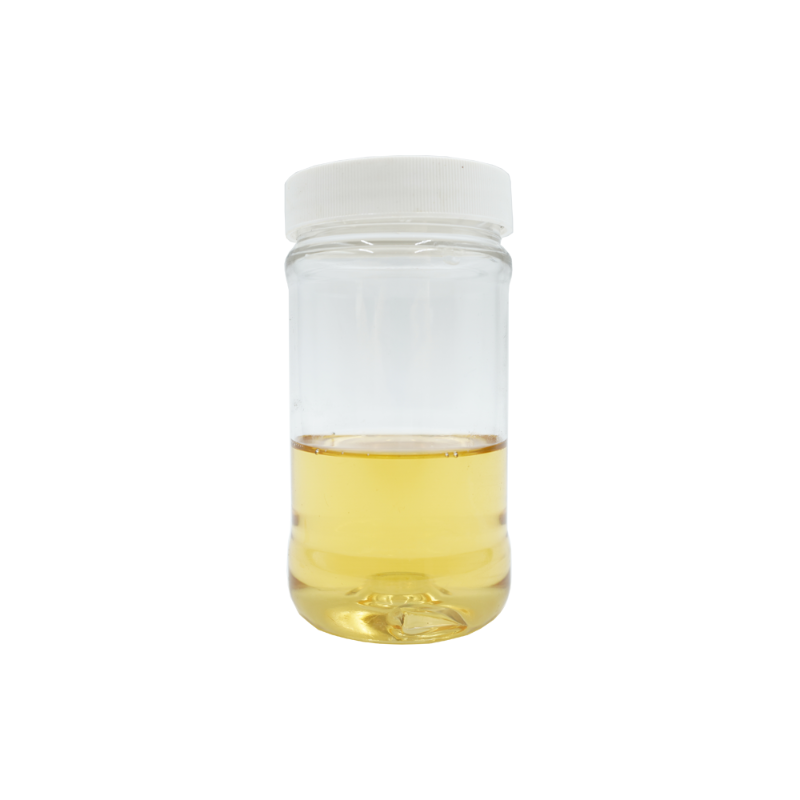-
Categories
-
Pharmaceutical Intermediates
-
Active Pharmaceutical Ingredients
-
Food Additives
- Industrial Coatings
- Agrochemicals
- Dyes and Pigments
- Surfactant
- Flavors and Fragrances
- Chemical Reagents
- Catalyst and Auxiliary
- Natural Products
- Inorganic Chemistry
-
Organic Chemistry
-
Biochemical Engineering
- Analytical Chemistry
- Cosmetic Ingredient
-
Pharmaceutical Intermediates
Promotion
ECHEMI Mall
Wholesale
Weekly Price
Exhibition
News
-
Trade Service
Newcomers who are new to UV/EB polymerization will soon find that most oligomers used in energy-curing formulations have very high viscosities, usually exceeding 1x106 centipoise (cP)
Figure 1.
Figure 2.
DGEBA Diacrylate-Viscosity ~ 1x106cP
Figure 1 and Figure 2 respectively depict DGEBA and its diacrylate molecular structure coating online coatingol.
What is the main reason for the significant increase in viscosity after DGEBA is functionalized with acrylate? The answer involves a significant increase in intermolecular attraction after the acrylate step
DGEBA is a relatively low-polarity compound, mainly composed of a core structure of non-polar aromatic hydrocarbons, two weakly polar ether bonds, and two ethylene oxide (epoxy) structures
Moreover, like all types of atoms, ions, and molecules, the compound also exhibits transient dipole-induced dipole attraction or "London Dispersive Forces" (LDFs)
The diacrylate of DGEBA contains the same non-polar hydrocarbon core as its starting material with epoxide functional groups, but it also contains two fairly polar acrylate end groups
In addition, more importantly, the compound contains two very polar secondary hydroxyl groups (-OH)
picture
Oligomers are usually the main or basic component of any UV/EB polymerization formulation, and are selected by the formulator to match the main characteristics required for the final application
For example, if aliphatic urethane oligomers are required for a specific general end use, then UV/EB formulators will choose aliphatic urethane acrylate oligomers as the starting point for formulating the product
.
In an ideal situation, the oligomer may be used as a pure substance without dilution
.
However, its high viscosity is a problem for manufacturers and formulators
.
This requires the addition of other components to reduce its viscosity
.
In traditional coatings, inks, and adhesives, the viscosity of oligomers or resins tends to decrease with the addition of various organic solvents
.
However, due to the negative impact of volatile solvents on the environment and the inherent flammability, this is not desirable for UV/EB polymerization
.
Therefore, it is well known that non-volatile, non-flammable functional monomers that can be copolymerized with oligomers during energy curing are used to reduce their viscosity to acceptable levels
.
These monomer diluents remain in the final product and will not evaporate
.
But this creates a situation where the selection of monomers is complicated by the fact that the monomers have a significant impact on the performance of the end-use product
.
If a simple and inexpensive method can be developed to reduce the influence of hydrogen bonds on the viscosity of oligomers, then a truly usable product can be obtained with a significantly reduced monomer concentration
.
The solution to this problem
Student researchers in the Laboratory of Applied Polymer Science Research (CASPR) at the University of Houston conducted experiments to find a relatively simple and inexpensive way to reduce the viscosity of this oligomer without the use of monomers
.
This work began with a research investigation of the claims of US Patent 4,687,8061
.
The patent was granted to Interez (now the business unit of Allnex) in 1987, claiming that a very small amount of lithium bromide aqueous solution [LiBr(aq)] can significantly reduce the viscosity of bisphenol A epoxy diacrylate
.
The premise of this work is to assume that lithium ions (Li+) should have the right size and charge density to interrupt hydrogen bonding
.
The main formula tested contained various mixtures of 98% by mass oligomer and 2% by mass of deionized water and lithium bromide, and the best ratio was found to be 1.
85/0.
15 deionized water/lithium bromide
.
Although the researchers found that the lithium bromide aqueous solution did significantly reduce the viscosity of the oligomer, they also found that pure deionized water was more effective than any lithium bromide aqueous solution in reducing the viscosity
.
Their results were reported at the Photopolymerization Fundamentals Conference in Breckenridge, Colorado in 2011 and the RadTech UV+EB Expo and Conference in Chicago in 2012
.
Figure 3.
The effect of LiBr(aq) on the viscosity of acrylate functional epoxy oligomers-oligomer/H2O viscosity vs.
LiBr concentration
3/()
。,0.
15%90%
。,,
。Li+
。
,,2%,,
。Li+,!
,,
。Li+
。
3,2%89%
。
。,4%
。5%,
。
,,/3.
7% —— 4%
。
4.
ODAHDODA@25.
0°C
,?Radcure '86,/(ODA)1,6-(HDODA)DGEBA
。
With this in mind, the viscosity-reducing ability of deionized water was compared with the viscosity-reducing ability of ODA and HDODA
.
Figure 4 shows that the viscosity of deionized water with a concentration of only 2% (mass) is significantly lower than 4% ODA or HDODA!
Obviously, deionized water is a very effective and inexpensive oligomer viscosity reducer
.






